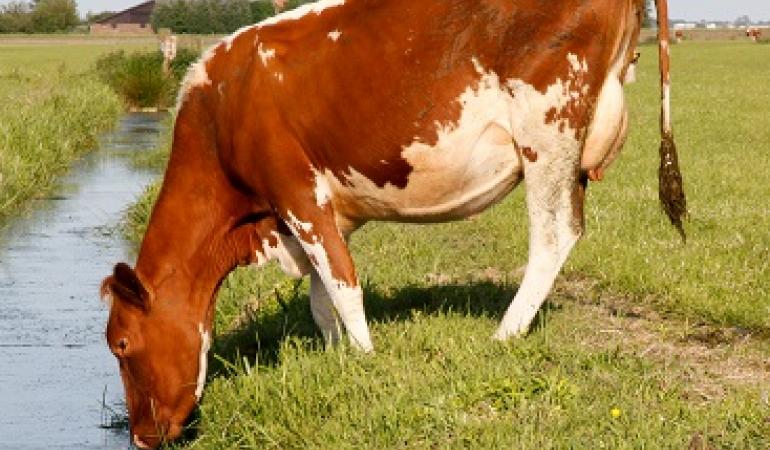
A literature review by RIVM shows that little to no research has been done on the possible infectious risks of manure. One of the main findings was that investigated pathogenic bacteria are often present in manure and that they can spread through water and air. More research is necessary to determine the extent to which manure contributes to the disease burden in the Netherlands.
In the Netherlands, people live in close proximity of livestock farms. RIVM conducts research into the effects of livestock farming on human health in various ways. In this report, the scientific literature was reviewed for the number of pathogenic bacteria in manure from pigs and cattle. Most of the Dutch manure originates from these animals.
Pathogen transmission through water and air
Researchers examined the extent to which these pathogens find their way into the surface water and air, as well as to which possible health risks exposure can result in. The focus of this explorative study was on the pathogenic variant of the E. coli bacterium and the well-known resistant bacterium MRSA (Methicillin-resistant Staphylococcus aureus), since these bacteria can survive well in water and air, respectively. Knowledge of the behaviour and spread of these bacteria from manure to humans is also useful for the behaviour and spread of other pathogens.
This systematic literature review has taken a step towards identifying the amount of disease-causing bacteria present in manure and determining the extent to which manure pathogens can spread through the environment (water and air).
Little research on health risks manure
The main conclusion was that little to no research has been done on possible health risks of human exposure to pathogens originating from manure and transmitted through water and air. Therefore, it is currently not yet possible to determine the extent to which manure contributes to the disease burden in the Netherlands.
However, the airborne and waterborne pathogens that were studied were often found present in manure. Spreading through the environment can also occur. The infection risks due to airborne exposure appear to be smaller on the basis of the E. coli bacteria tested and the MRSA resistant bacterium than via surface water. Manure treatment results in a lower number of pathogens, for example through composting, fermentation or biological purification.